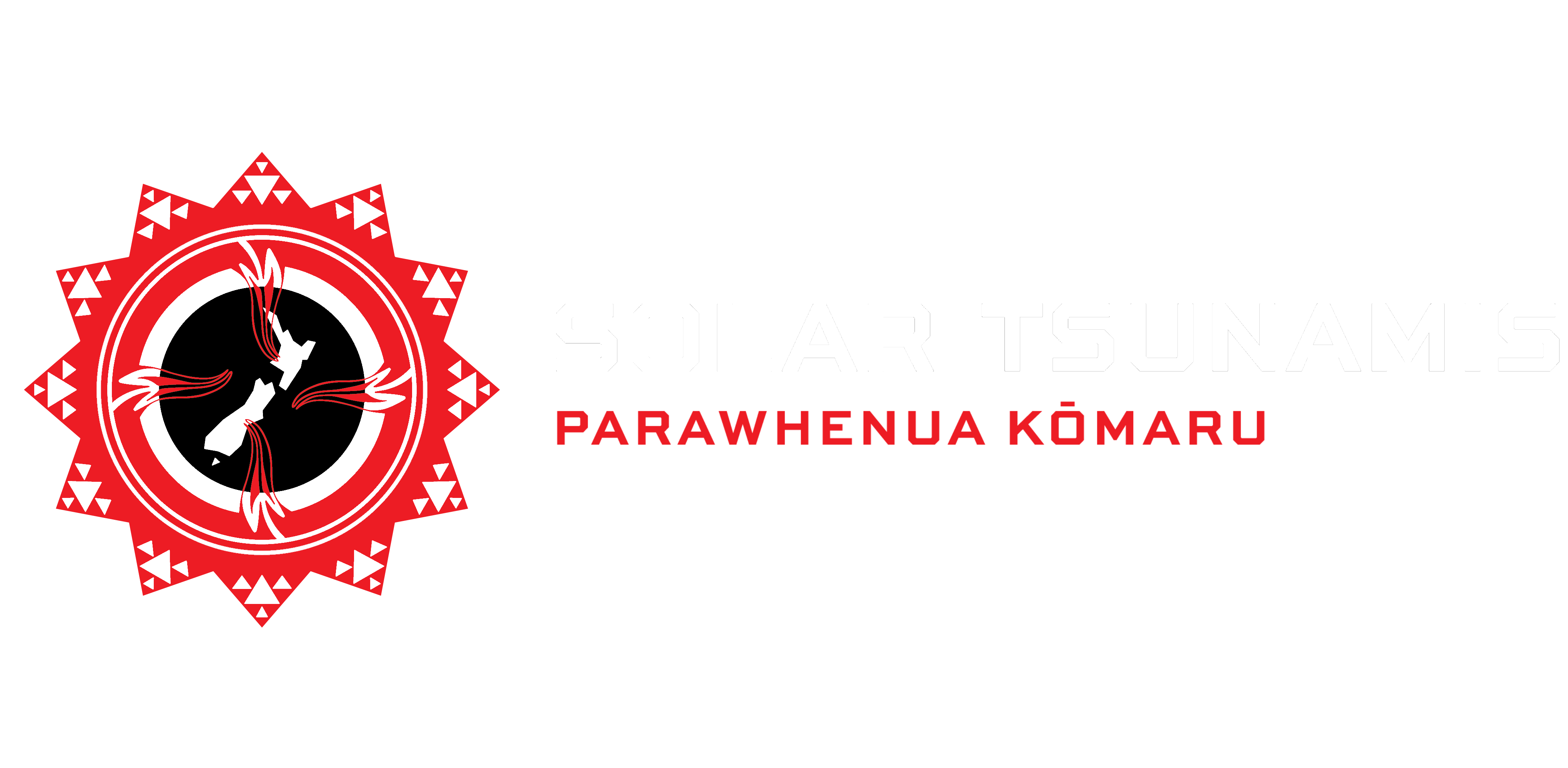On this page, we will discuss the equipment that is in use at each of our sites, first broadly, and then with site-specific details.
Magnetometer
At each of our sites, for sampling the magnetic field we use scientific-quality Bartington MAG-13 variometers. These magnetometers are capable of sampling at high-frequencies with minimal noise (up to the kHz range). We run these magnetometers at 130 Hz – this is the lowest frequency that we can sample at to avoid mains noise (50 Hz in New Zealand). We downsample this later in the processing pipeline to produce more useful data files. This sampling produces slightly higher background noise than a lower sampling frequency would, but this noise is generally much less than local site noise, and is a necessary evil to avoid contamination by mains noise.
Logging Equipment
We generally run a data cable from the magnetometer to a logging box approximately 25 m away. Within this box, we take the analog signal from the magnetometer, convert it to a digital signal and forward it to a computation device, which will process the data and send it over the internet to a central server where the data is processed and stored.
Power Supply and Data Acquisition
The first step in the data acquisition process is getting the data from the magnetometer to the logging equipment. This is done using a Bartington PSU1 device, which does double duty as a power-supply unit for the magnetometer, and a provider of filtered data split into XYZ components. This PSU has an internal battery, which allows it to keep working even if the external power is lost; however, as the rest of our components require external power to continue working, this is largely a moot point.
Analog-Digital Conversion
To convert the analog signal from the PSU to a useful data source, we use a Symmetric Research USB4CH ADC device. This takes the 3-component input from the PSU and converts it to a digital signal. The frequency of this digital sampling is controlled in software running on the computational unit. This software is closed source, proprietary code from Symmetric Research. For each of our sites, we run the ADCs at 130 Hz to avoid issues with the 50 Hz mains noise present at most of our sites.
Computation
The main computation unit of each of our sites is a Raspberry Pi 4B (4 GB version). These micro computers are very useful for scientific field measurements, due to their small footprint, their low power-consumption, and their generally cheap acquisition cost. The main downside of these devices is the fact that their primary internal storage is a microSD card, which are notoriously unreliable for situations where significant amounts of data need to be written and rewritten to the device. Indeed, before we changed our approach, we had issues with corruption of the cards. To fix this, we swapped to using an external Samsung T7 500 GB SSD drives. These Pis are running a stock Raspbian image, with custom SoTsuLib (Solar Tsunami Library) sofware for data acquisition. Data is stored on board in a custom packet-based file format, and simultaneously transmitted via the 4G network to a server at the University of Otago. The data files stored on the SSD at the remote site are taken to be the definitive version of the files.
Transmission
For transmitting data back to the University of Otago, we make use of New Zealand’s 4G infrastructure. We use Huawei B818 4G routers for this purpose.
Power
At most of our sites, we have access to mains power. To simplify our setup, we use a PoE solution, which allows us to utilise only a single cable to get both the power and internet to the logging box. The main exception to this is the Tutamoe site, which utilises solar power using a 175W 12V solar panel, connected to a 105Ah 12V deep-cell battery.

